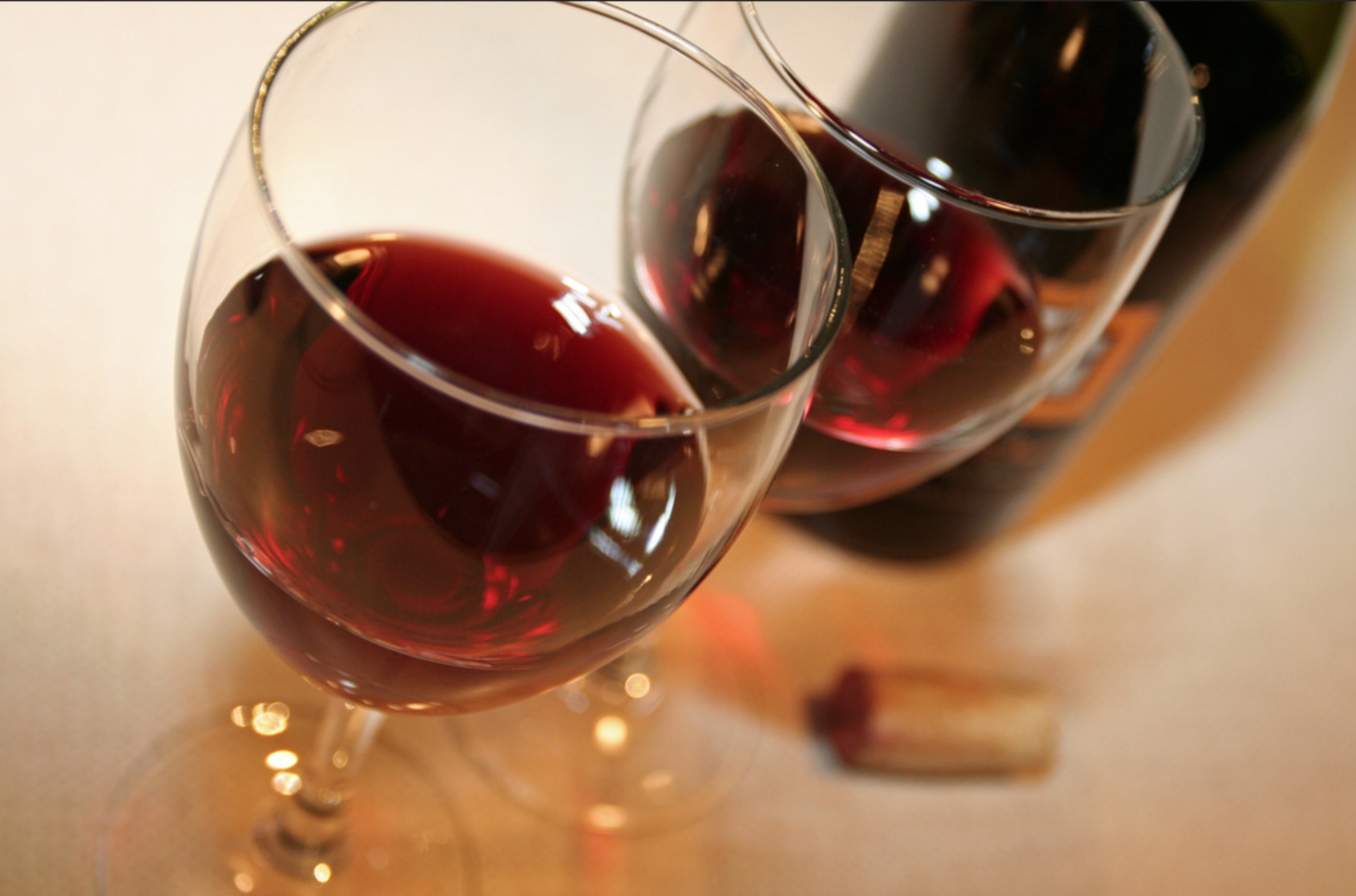
Believe it or not, your wine consumption contributes to an immensely important global activity which has historical implications. Going back to the 12th century, Omar Khayyám describes the essential role that wine has in living a good life:
“Drink wine. This is life eternal. This is all that youth will give you. It is the season for wine, roses and drunken friends. Be happy for this moment. This moment is your life."
― Omar Khayyám, The Rubaiyat of Omar Khayyám (1120 AD)
Nowadays, nearly everyone seemingly understands the inherent value of drinking wine. According to the Wine Institute, 24,701,440 liters (6,525,420 gallons) of wine consumed in 2014.[1] In the United States, 3,217,500 liters (849,974 gallons) were consumed, more than any other country. However countries such as France (42.51L/11.23GAL) and Italy (33.30L/8.80GAL) drink more wine per capita than the U.S. (10.25L/2.71GAL). Globally, 3.44 liters (.91 gallons) were consumed per capita.[2] [3]
While most consumers enjoy wine in moderation, some consumers do overindulge. In fact, a recent survey suggests that 67% of U.S. adults drink alcohol, the highest recorded since 1985. This trend has become a topic of increasing concern, since heavy alcohol consumption is associated with negative health and behavioral outcomes. Theognis, an ancient Greek poet, gave us due warning:
“Wine is wont to show the mind of man.”
– Theognis of Megara, The Elegiac Poems of Theognis (600 – 500 BC)
Indeed, too much wine can be harmful. Due to increasing consumption, economists have focused extensively on the demand relationship for wine. Yet estimating the demand for wine and other alcoholic beverages presents many analytical difficulties – variation in data, models, and statistical techniques, for example. In an attempt to resolve discrepancies in the literature, a recent study used a meta-analysis approach (statistical analysis of several studies’ findings) to bring insights to the field.
To understand this study, we must first take a look at the basic principles of demand. In economics, elasticity is a fundamental indicator of demand, which measures the responsiveness of a variable to a specific change relative to other variables. In this case, we are interested in wine as the variable and price in terms of change. As such, price elasticity is the percentage change in quantity divided by the percentage in price, all other factors remaining constant. A value greater than 1 is elastic and, conversely, a value less than 1 is inelastic. If the price elasticity of a certain wine is -3, for example, then with every 10% increase in price of that wine, we can expect a 30% decrease in demand.
Now let’s make sense of this jargon. Price elasticity of demand for a good depends how one defines that good. So if we are to consider wine, red wine, and Merlot as our goods, then we can speculate how demand would react to a change in price. For wine, if the price goes up, you can drink something other than wine; e.g. beer, spirits, etc. Unless you only want wine, then wine is relatively inelastic. When considering red wine, if the price goes up, there are alternatives besides wine like in the first example. Additionally, white wine could be a substitute in this scenario. Taken together, the price elasticity of red wine is closer to an equilibrium, neither inelastic nor elastic, unless you only want red wine. Lastly, Merlot is the most elastic of our goods. Those who buy Merlot want it because of its particular characteristics – it’s smooth, round, and easy to drink. The consumer is interested in this particular varietal and no other. We can even take this notion a step further and consider the price elasticity of Merlot from a specific location, such as France, Bordeaux, or even the more distinguished Saint-Emilion. Typically, if a good is extraordinary, then it is elastic, entailing demand of the good to be less affected by price. On the other hand, if a good is ubiquitous, then it is inelastic, suggesting demand of the good would be more affected by price.
Returning to the meta-analysis study, a price elasticity of -.55 among U.S. consumers was concluded. Meaning, for every 10% increase in price, we can expect a 5.5% decrease in demand. Fittingly, French consumers are much more steadfast. The price elasticity among French consumers is only -.07. Italians, meanwhile, are easily frightened by increases in price. The price elasticity among Italian consumers is -1.00. These numbers are more than just an indicator of demand, and perhaps represent a level of wine consumer development.
As it was a crucial subject of importance for Theognis, Omar Khayyám, and now is for modern day economists, wine consumption trends will continue to be a topic of great interest. Cheers to that.
[1] http://www.wineinstitute.org/files/World_Wine_Consumption_by_Country_Revised_Nov_2015.pdf
[2] http://www.wineinstitute.org/files/World_Per_Capita_Wine_Consumption_Revised_Nov_2015.pdf
[3] Per capita includes the entire population, including those who do not drink alcohol; i.e. children, meaning the per capita wine consumption among eligible adults would likely be higher.










